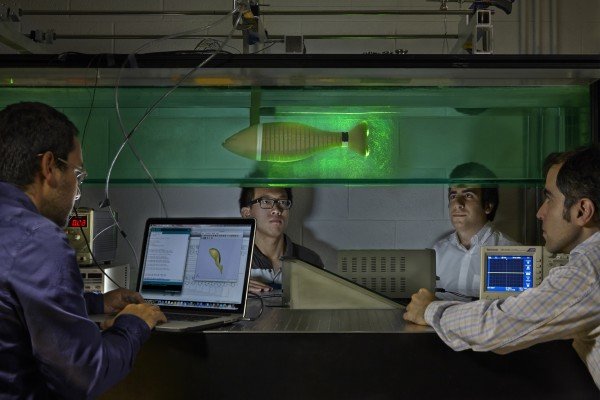Researchers have provided the first comprehensive compendium of mutational processes that drive tumour development. Together, these mutational processes explain most mutations found in 30 of the most common cancer types. This new understanding of cancer development could help to treat and prevent a wide-range of cancers.
Each mutational process leaves a particular pattern of mutations, an imprint or signature, in the genomes of cancers it has caused. By studying 7,042 genomes of people with the most common forms of cancer, the team uncovered more than 20 signatures of processes that mutate DNA. For many of the signatures, they also identified the underlying biological process responsible.
All cancers are caused by mutations in DNA occurring in cells of the body during a person’s lifetime. Although we know that chemicals in tobacco smoke cause mutations in lung cells that lead to lung cancers and ultraviolet light causes mutations in skin cells that lead to skin cancers, we have remarkably little understanding of the biological processes that cause the mutations which are responsible for the development of most cancers.
“We have identified the majority of the mutational signatures that explain the genetic development and history of cancers in patients,” says Ludmil Alexandrov first author from the Wellcome Trust Sanger Institute. “We are now beginning to understand the complicated biological processes that occur over time and leave these residual mutational signatures on cancer genomes.”
All of the cancers contained two or more signatures, reflecting the variety of processes that work together during the development of cancer. However, different cancers have different numbers of mutational processes. For example, two mutational processes underlie the development of ovarian cancer, while six mutational processes underlie the development of liver cancer.
Some of the mutational signatures are found in multiple cancer types, while others are confined to a single cancer type. Out of the 30 cancer types, 25 had signatures arising from age-related mutational processes. Another signature, caused by defects in repairing DNA due to mutations in the breast cancer susceptibility genes BRCA1 and 2, was found in breast, ovarian and pancreatic cancers.
“Through detailed analysis, we can start to use the overwhelming amounts of information buried deep in the DNA of cancers to our advantage in terms of understanding how and why cancers arise,”says Dr Serena Nik-Zainal, author from the Wellcome Trust Sanger Institute. “Our map of the events that cause the majority of cancers in humans is an important step to discovering the processes that drive cancer formation.”
The team found that a family of enzymes, which is known to ‘edit’ (ie mutate) DNA, was linked to more than half of the cancer types. These enzymes, known as APOBECs, can be activated in response to viral infections. It may be that the resulting signatures are collateral damage on the human genome caused by the enzymes’ actions to protect cells from viruses.
Story Source:
The above story is based on materials provided by Wellcome Trust Sanger Institute, Don Powell.





